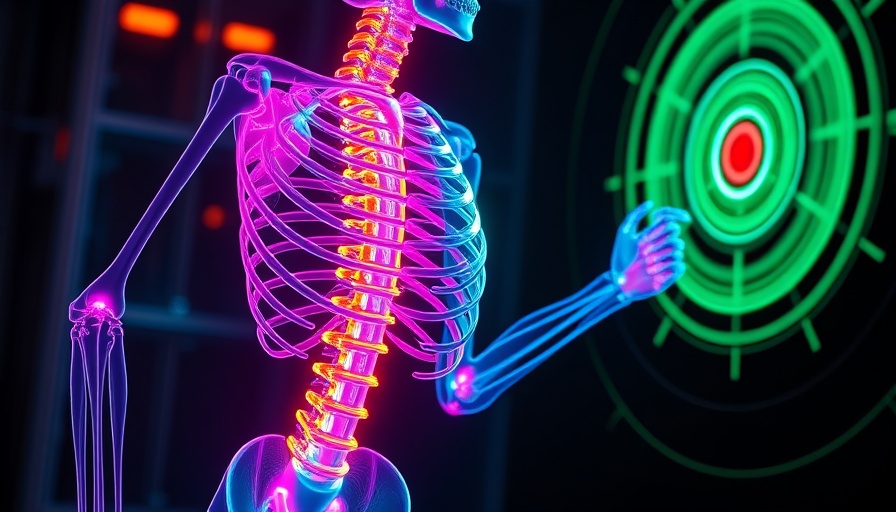
Understanding the Connection Between the Brain and Bones
Recent advancements in neuroscience are unveiling an intricate relationship between brain functions and bone health. Emerging research suggests that neurological pathways play a significant role in the regulation of bone density and metabolism. Understanding this connection opens new avenues for treating bone disorders such as osteoporosis.
How Do Nerves Influence Bone Health?
Nerve cells release neurotransmitters that regulate various bodily functions, including the activity of osteoblasts and osteoclasts—cells responsible for bone formation and resorption. For instance, a neurotransmitter known as calcitonin gene-related peptide (CGRP) has been shown to enhance bone formation while inhibiting bone resorption. This dual action not only protects against bone loss but also highlights the nervous system's potential as a therapeutic target.
Potential Therapies: Neurological Targeting
By manipulating specific neurological pathways, researchers are exploring therapies that might enhance bone density and structure. One promising approach is the use of electrical stimulation to strengthen bone tissue through the central nervous system. Studies indicate that localized stimulation can trigger bone growth factors and improve recovery from fractures.
Diverse Perspectives on Neuro-Bone Interactions
However, while the connection between neural activity and bone health is becoming clearer, there are varying opinions on how therapies should be developed. Some experts advocate for a direct approach in targeting specific neurotransmitters, while others suggest a broader strategy that also addresses behavioral and lifestyle factors impacting bone health, such as exercise and diet.
Future Implications and Opportunities
As research continues to evolve, the implications of understanding neurological targeting for bone regulation are significant. This knowledge could pave the way for innovative therapies that not only treat existing conditions but also promote preventative strategies to maintain bone health throughout life.
Taking Action: The Path Forward
For healthcare providers and researchers focused on bone health, embracing this new perspective could lead to collaboration across disciplines—combining neurology, orthopedics, and physical therapy to create comprehensive care plans for patients.
In conclusion, the convergence of neuroscience and orthopedics presents transformative possibilities in healthcare. By exploring techniques such as electrical stimulation and neurotransmitter manipulation, we could significantly improve bone health management and offer new hope for those affected by degenerative bone conditions.
 Add Row
Add Row  Add
Add 




Write A Comment